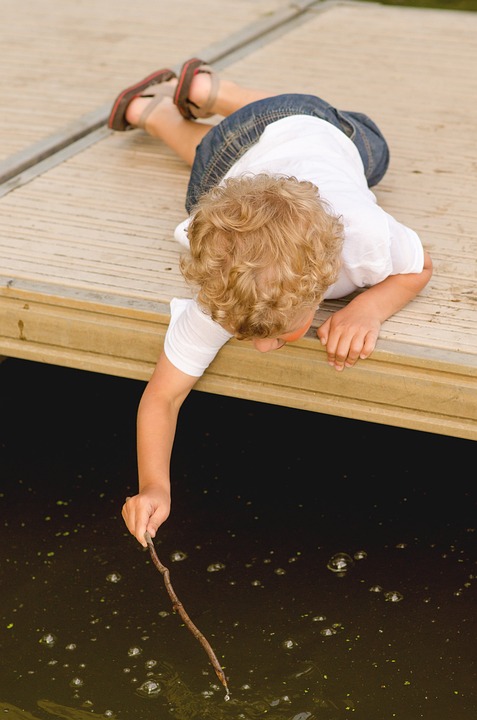In the world of aquarium enthusiasts, understanding fish behavior is not only captivating but also vital for maintaining the well-being of tank fish. By gaining insights into their behavior, hobbyists can create a more natural and suitable environment for their aquatic pets. In this article, we explore the intricacies of fish behavior, including their responses to stimuli, social interactions, and environmental influences.
Fish behavior can be categorized into two main types: instinctive behavior and learned behavior. Instinctive behavior refers to innate behaviors that are genetically programmed, such as swimming, feeding, and reproducing. On the other hand, learned behavior is acquired through experience, observation, and interactions with the environment and other fish.
Fish respond to various stimuli in their environment, including visual cues, chemical signals, auditory stimuli, and tactile sensations. Visual cues play a crucial role in communication, mating, and predator avoidance. Chemical signals, such as pheromones, help fish communicate and establish territories. Auditory stimuli, although less understood, are believed to play a role in courtship and predator avoidance. Tactile sensations, such as the feeling of water flow, can also influence fish behavior.
Social interactions among fish are complex and diverse. Some fish establish hierarchies and exhibit dominance behaviors, which help maintain order within a group. Schooling behavior is another common social interaction observed in fish, serving purposes such as predator avoidance, increased foraging efficiency, and social bonding. However, aggression and territoriality can also occur among fish, leading to conflicts within the tank.
Environmental influences play a significant role in shaping fish behavior. Water parameters, such as temperature, pH, and oxygen levels, can affect their overall health and behavior. Lighting and photoperiod also play a role, as fish have natural circadian rhythms that are influenced by light. Tank decor and hiding places provide fish with a sense of security and can influence their behavior. Additionally, water flow and oxygenation impact fish behavior and their ability to thrive.
Observing and interpreting fish behavior is essential for ensuring their well-being. By understanding their body language and postures, hobbyists can gauge the mood and health of their fish. Feeding patterns can also provide insights into fish behavior, as changes in appetite may indicate stress or illness. Breeding behavior is another area of interest, as the observation of courtship and spawning can be both fascinating and rewarding. Unusual behaviors can be signs of health issues, and prompt action should be taken if any concerns arise.
To address common questions, here are some FAQs:
Q1. How can I tell if my fish is stressed?
A1. Signs of fish stress include rapid gill movement, increased aggression, loss of appetite, hiding, abnormal swimming patterns, and color changes.
Q2. Can fish recognize their owners?
A2. While fish may not have the same level of recognition as mammals, they can become familiar with their owners through consistent interactions and feeding routines.
Q3. Do fish experience pain?
A3. Research suggests that fish do have the capacity to experience pain, although their perception may differ from that of humans.
Q4. What can I do to reduce aggression among my tank fish?
A4. Providing ample hiding spots, ensuring appropriate tank size, and avoiding overcrowding can help reduce aggression among tank fish.
Q5. How do water parameters affect fish behavior?
A5. Poor water quality, such as high ammonia or nitrate levels, can cause stress and negatively impact fish behavior. Maintaining proper water parameters is crucial for their well-being.
Q6. Why do some fish swim in schools?
A6. Schooling behavior in fish serves several purposes, including predator avoidance, increased foraging efficiency, and social interaction.
In conclusion, understanding fish behavior is vital for responsible fishkeeping. By observing and interpreting their actions, hobbyists can create an environment that promotes the overall health and happiness of their tank fish. Considering factors such as stimuli, social interactions, and environmental conditions ensures a fulfilling and enriching experience for both fish and hobbyists alike.









